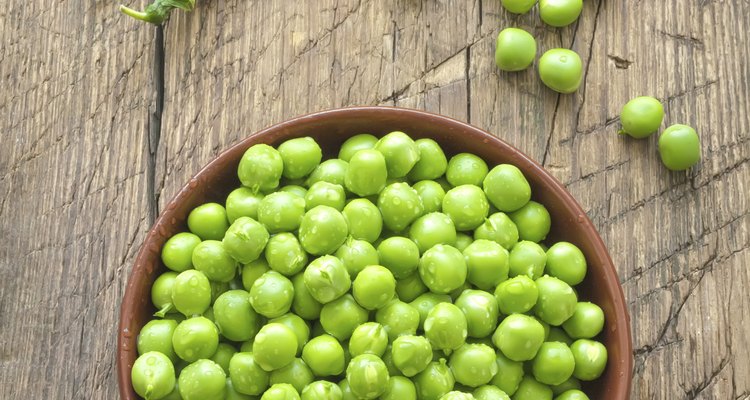
YelenaYemchuk/iStock/Getty Images
Dehydrating peas is the perfect way to put up excess peas for storage. Use these sweet morsels in soups, salads and casseroles throughout the fall and winter to enhance dishes and add some bright flavor your meal. Sugar-snap, snow and shelling peas can all be easily dehydrated using a dehydrator or the oven to lock in nutrients and preserve them for meals to come.
Prepping Peas
Before dehydrating, peas must be blanched in boiling water or steam to prevent enzymatic damage during storage. Before blanching, prepare an ice water bath to quickly cool the peas and stop the cooking process. Blanch snow peas in a steamer for 2 minutes, or for 1 minute in boiling water, and blanch sugar-snap peas in a steamer for 3 minutes or for 1 1/2 minutes in boiling water. Steam blanch shelled peas for 3 minutes or blanch them for 2 minutes in boiling water. Once the time is up, immediately immerse the peas in an ice bath until cool.
Dehydrating Peas
Place the peas on screens or trays in the dehydrator or oven. Set the temperature to 125 degrees Fahrenheit, or the lowest setting your oven allows, and dehydrate for 5 to 13 hours until the peas crisp and become brittle. In a dehydrator, stir the peas around after about 2 hours to allow for even drying. In an oven, it is necessary to stir the peas several times during drying to prevent uneven drying.
Doneness Testing
Shelling peas become wrinkly and hardened when completely dried. When firm pressure is applied to the peas, they should crumble. Sugar-snap and snow peas become brittle and darkened and take on a papery feel once completely dried. Sugar-snap peas become lumpy once dried, and you can confirm that they are done by cutting one pod open and checking that the peas inside the pod are dried.
Rehydrating Peas
To use dehydrated peas, they must be soaked first to rehydrate. Hot soak dried shelled peas for 30 minutes to 1 hour, or cold soak them overnight. Add the rehydrated peas to soups and stews where they can be cooked further, or simmer them in their cooking water to eat as a plain vegetable. Snow peas can be added to soups and stews in their dehydrated state if they will be cooked for more than 30 minutes, and sugar-snap peas can be added if they will cook longer than 45 minutes. To eat on their own, rehydrate sugar-snap or snow peas by covering them with boiling water for 15 to 45 minutes, or until they are no longer hard.
Related Articles
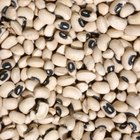
How to Freeze Black-Eyed Peas or Cowpeas
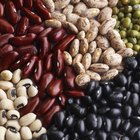
How to Cook Purple Hull Peas in the ...

How to Refresh Dried Fruits: Raisins

How to Blanch Lima Beans
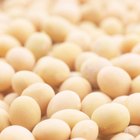
How to Cook Raw Chickpeas or Garbanzo ...
How to Cook Raw Carrots in the Microwave
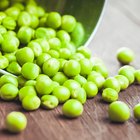
How to Fry Peas

How to Freeze Mangetout Vegetables
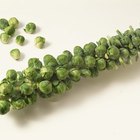
How to Cook Brussel Sprout Greens
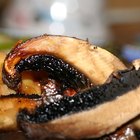
How to Dehydrate Morel Mushrooms

How to Preserve Chestnuts

How to Freeze Edamame Soybeans

How to Cook Fried Green Peas
Do I Need to Cook Snow Peas Before ...

How to Freeze Carrots Without Blanching

How to Cook Fresh Turnip Greens
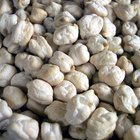
How to Freeze Garbanzo Beans
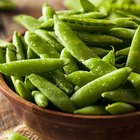
How to Cook Sugar Snap Pea Pods

How to Store Brussels Sprouts

How to Roast Beets for Canning or ...
References
- The Complete Idiot's Guide to Dehydrating Foods: Jeanette Hurt
- The Beginner's Guide to Making and Using Dried Foods: Preserve Fresh Fruits, Vegetables, Herbs and Meat Using a Dehydrator, a Kitchen Oven or the Sun: Teresa Marrone
Writer Bio
Based in Portland, Ore., Maxine Wallace is a writer with more than 12 years of experience. With a bachelor's degree in journalism and experience working on marketing campaigns for large media agencies, she is well-versed in multiple industries including the Internet, cooking, gardening, health, fitness, travel and holistic living.
Photo Credits
YelenaYemchuk/iStock/Getty Images